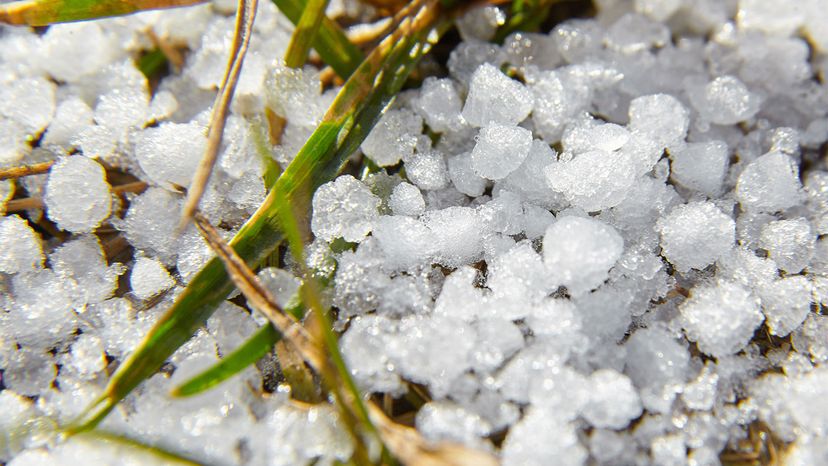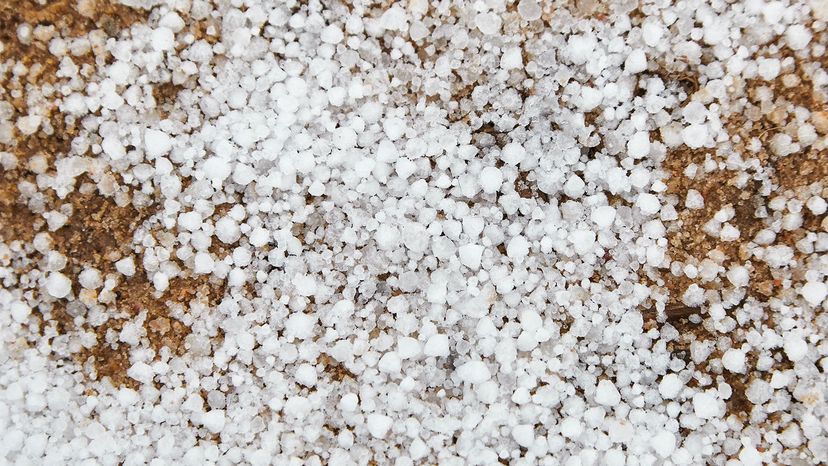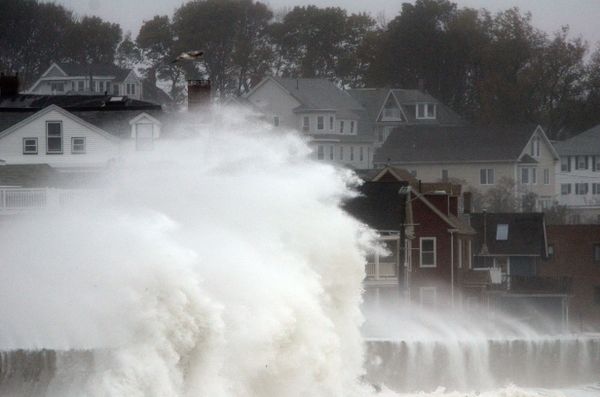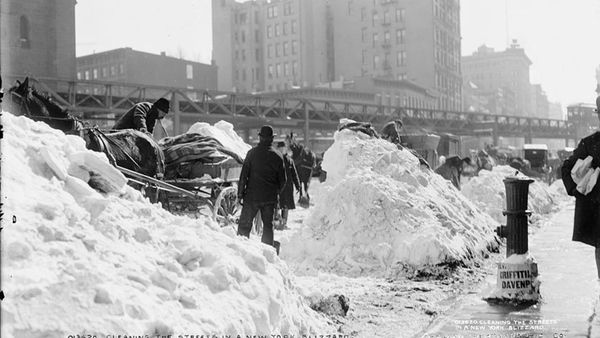
Key Takeaways
- Graupel is a wintry precipitation that is a mix of snow crystals and ice, resembling tiny, soft hail pellets.
- Graupel forms when snowflakes fall through supercooled liquid droplets and instantly freeze, creating small, crushable pellets.
- Unlike hail, graupel is not associated with severe weather and only requires cold temperatures to form.
If you inhabit a place where snow falls a lot, then odds are that you've heard more than one name for this type of precipitation; that frozen stuff is not only called "snow," but it turns out that there are many nuanced forms of the words "snow" and "snow crystal."
In Scotland, where it snows for about 60 days a year in the highlands, there are 421 commonly known words and phrases used to describe snow crystals. These words range from flindrikin, which means a "slight snow shower," to snaw-pouther, which describes a "fine but driving snow." The Scots clearly aren't lumping all their snowfall into one category.
Advertisement
Neither are many other cultures, including the Inuit people who inhabit Arctic regions of Alaska, Greenland, Canada and Siberia. In the Inuit language there are more than 50 words for snow pellets and snow-adjacent precipitation, such as graupel. In the Inuit dialect spoken primarily in Canada's Nunavik region, "matsaaruti" is the word used to describe wet snow pellets, while "pukak" refers to a crystalline powder snow that has the grainy consistency of salt.


